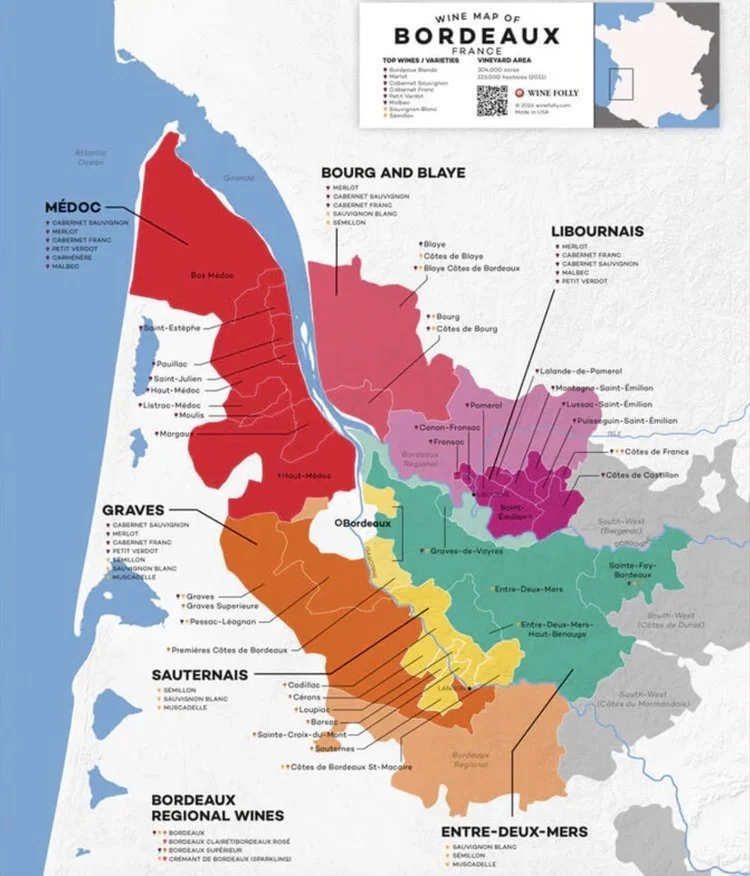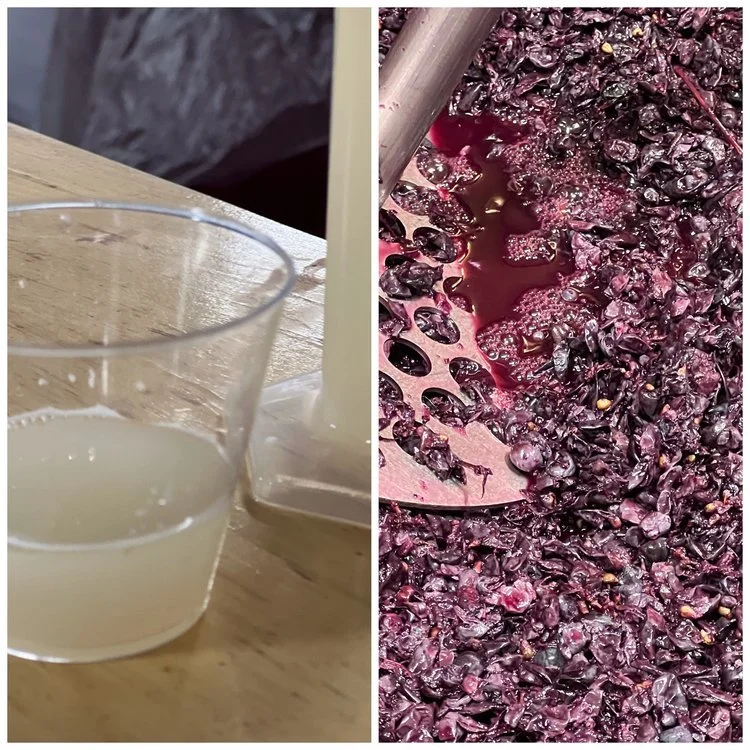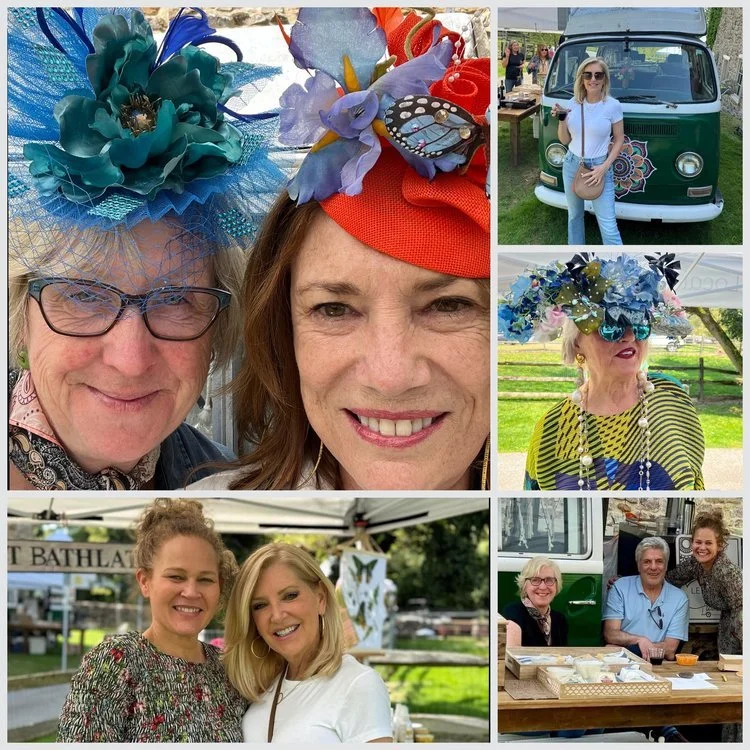Stymied - 5.17.24
My entire newsletter process has been stymied by my decision to not only try and make a Bordeaux Blanc with South African grapes but also to understand the difference in varietal blending of white grapes across the Bordeaux region. As Bordeaux Blanc continues to decline in volume due to grape fragility, information is difficult to find. I am also realizing that changes are happening at a rapid pace in the wine industry, France’s Bordeaux Region included.
Since the last time I wrote about Bordeaux style wines , a French wine governing agency has allowed six different grapes to be grown and used in the region’s most prestigious wines. In 2021, four red grapes - Touriga Nacional, Marselan, Castets, Arinarnoa, and two white grapes - Alvarinho and Liliorila were approved to keep the Bordeaux Region’s wines flowing throughout changes in climate. Most of these grapes are hybrids, and while this is an entirely different discussion, they were developed for their resistance to disease and damage by harsh weather.
Like Red Bordeaux there are different style Bordeaux Blancs in the region. Aside from the new hybrids, some of these wines contain more Sauvignon Blanc, some more Sémillon, and sometimes there is a third grape, Muscadelle which is never greater than 30% of the blend.
The lighter and less complex version of Bordeaux Blanc can be found between the two riverbanks so it would be neither the right nor the left bank. This version is primarily Sauvignon Blanc and not the style I am leaning toward making.
The sometimes considered “serious” Bordeaux Blanc or White Bordeaux is from the left bank. It is made primarily with Sémillon and holds increased weight and texture. It will also improve with age and for me this makes the complexity of the winemaking process gratifying. I will be using South African Sémillon and Sauvignon Blanc.
The two wines will be fermented separately in stainless steel tanks after which the tasting will take place. Once the exact blend is determined, the two wines will be blended. The left-over Sauvignon Blanc will be bottled, and 30 gallons of the blend will be put in a new Hungarian Oak barrel for a short period of time.
During this entire new process there will be several discussions had and decisions made over wine tastings. Blending white wine, oaking white wine, and blending oaked wine with non-oaked wine is the next level of growth for me at Le Garage Winery. Let’s all hope for a positive outcome!!
Sharon




